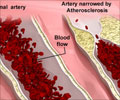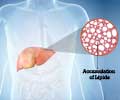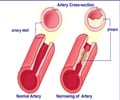Preliminary results of a study indicate a non-invasive approach may help reverse atherosclerosis.
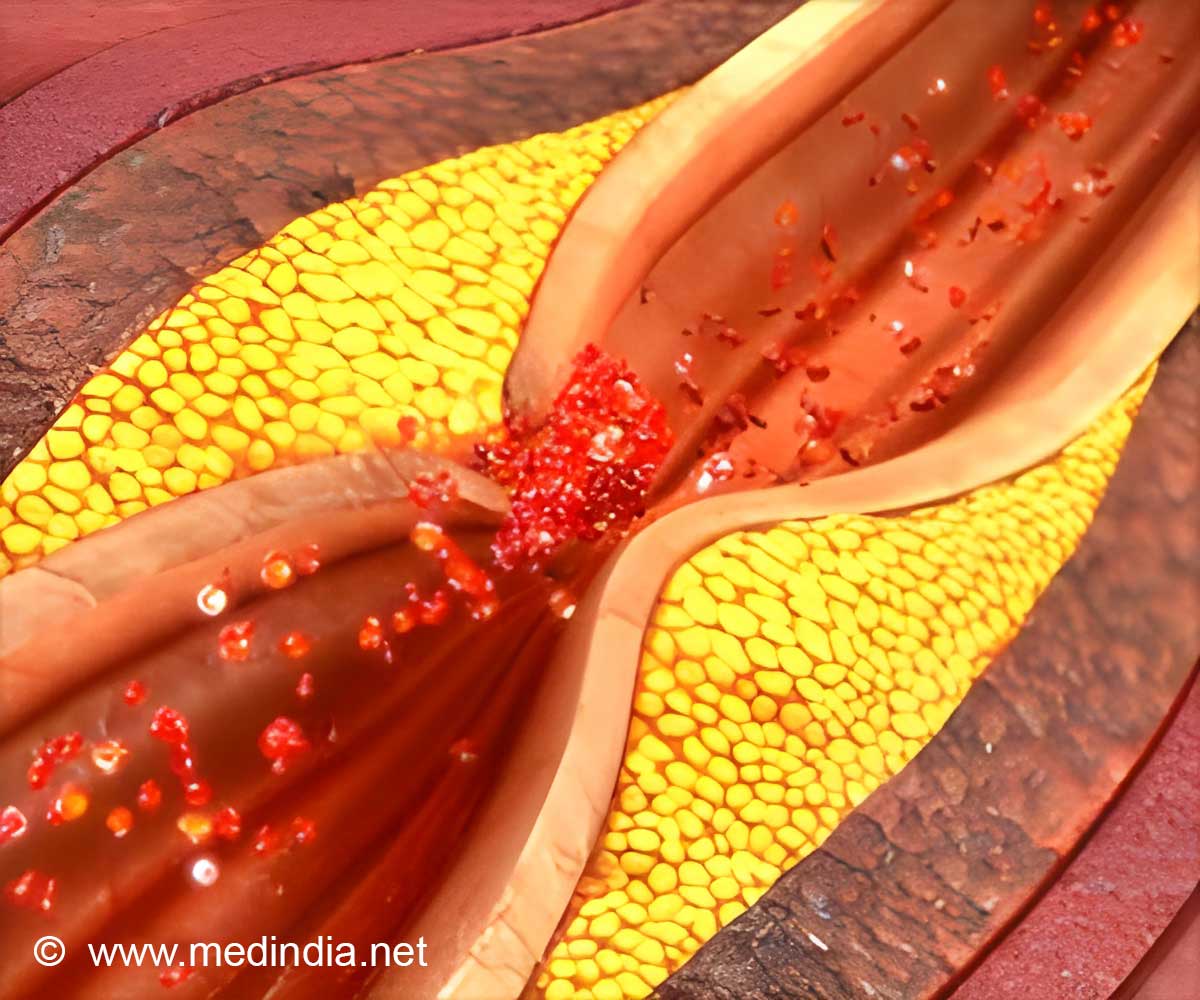
TOP INSIGHT
Study has developed a non-invasive, non-surgical, novel therapy to halt and reverse atherosclerosis by targeting the vessel wall with peptide-based nanofibers developed in the laboratory.
Other treatment approaches for atherosclerosis, which can narrow blood vessels and arteries throughout the body, include bypass surgery and stenting, but neither reverses the disease and each can cause damage to the vessel wall, he said.
"Our aim was to develop a non-invasive, non-surgical, novel therapy to halt and reverse the disease by actually targeting the vessel wall with peptide-based nanofibers developed in the laboratory," Mansukhani said. The tiny fibers contained particles that helped remove cholesterol deposits from the plaque in the artery walls.
Researchers synthesized self-assembling peptide amphile nanofibers that targeted areas of plaque and could be delivered by intravenous injection. Importantly these synthetically engineered nanofibers contained an amino acid sequence that promotes the cholesterol to dissolve.
To test the concept, mice were genetically modified to rapidly develop atherosclerosis, then fed high fat diets for 14 weeks and after which the mice received biweekly injections of either the peptide amphile nanofiber or saline for 8 weeks.
They used imaging techniques -- fluorescent microscopy and pixel quantification -- to determine optimum dose, concentration, binding duration and biodistribution and found they could observe the targeting effect after 24 hours, and after 48 to 72 hours the nanofiber would dissipate and it was cleared in 7 to 10 days.
The results "demonstrate that a novel targeted nanofiber binds specifically to atherosclerotic lesions and reduces plaque burden after a short treatment duration," Mansukhani said.
He noted, however, that this is preliminary research, and more is needed before this approach can be tested in humans.
Source-Eurekalert
 MEDINDIA
MEDINDIA

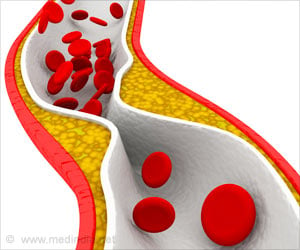
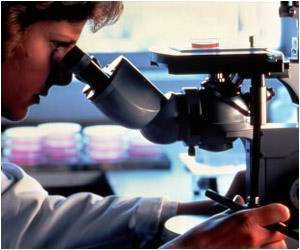

 Email
Email

